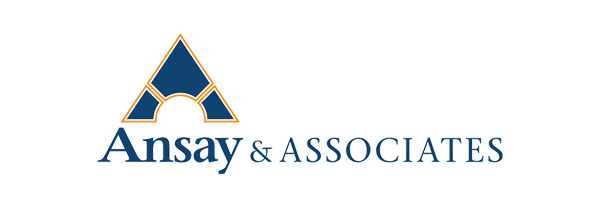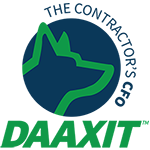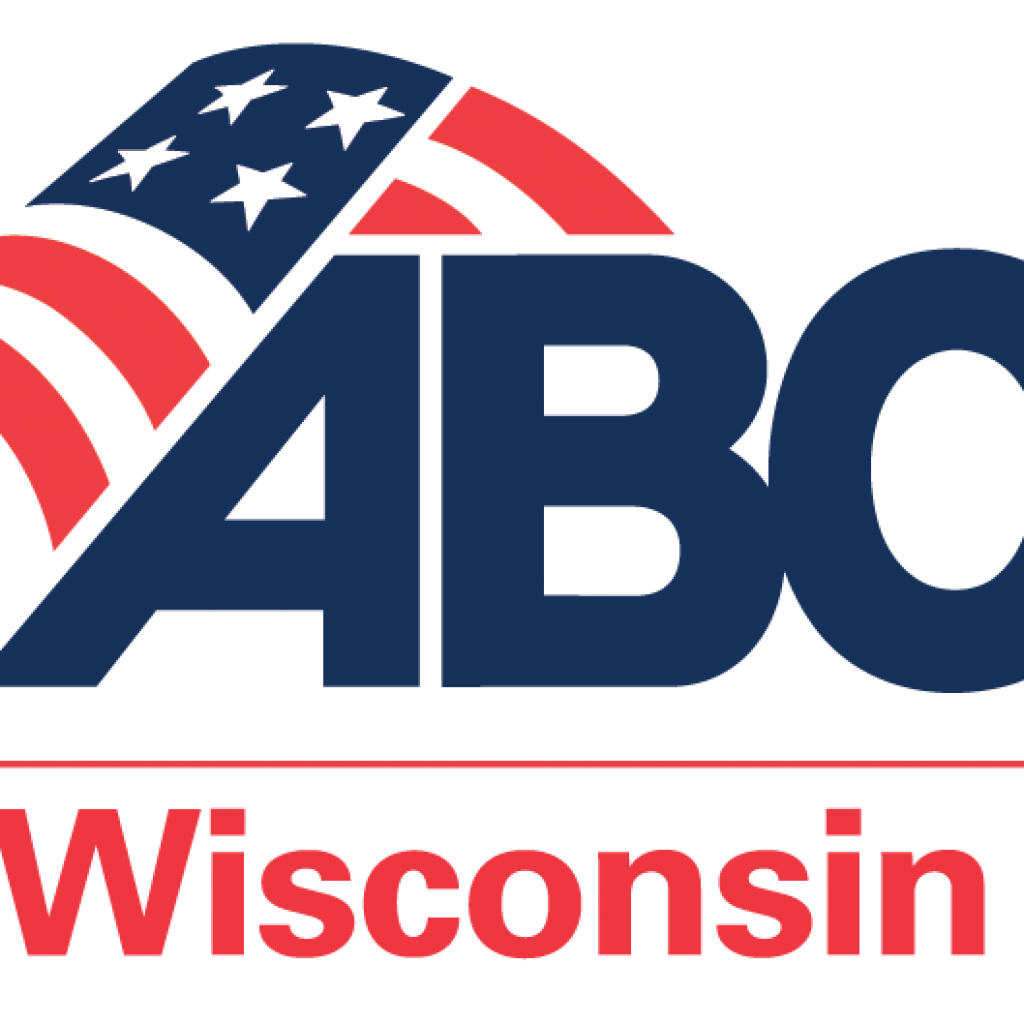
By Brian Reimer, Strategic Risk Advisor, McClone
Workplace safety should always be top of mind, but this time of year as the annual OSHA incident reporting is here, it seems it’s just a little bit more top-of-mind.
Hopefully your company’s reporting is all taken care of for 2022, which makes it an ideal time to think about what you might do differently in 2023. What can you do differently to avoid workplace safety incidents and what can you do differently to ease the recordkeeping and reporting burden for the year? In both cases, technology can provide some answers.
Automated Employee Safety Training
Proper safety training is important to all construction organizations. Construction sites are environments where employees must be able to recognize safety hazards and know how to safely operate tools and machinery. Ongoing safety training helps prevent workplace accidents and ensures compliance with OSHA regulations and safety standards, but traditional training methods can be costly and time-consuming.
Instead of organizing onsite training classes or one-on-one instruction for new employees, many companies choose automated training platforms to keep employees up to speed because they:
- Help ensure all new workers hear the same consistent messaging—everyone knows what to do and how to do it.
- Help you track annual training requirements for all employees.
- Make sure new and current employees get trained on new equipment or a new process.
- Include automated testing so you can verify that workers understand the lessons and meet required training standards.
- Track training progress, schedule training sessions, and provide data in one convenient reporting system.
- Allow you to tailor training by department, role, or other category so workers learn skills relevant to their specific jobs.
For many organizations, job-specific training includes ergonomics training to help reduce on-the-job injuries.
FOR MANY ORGANIZATIONS, JOB-SPECIFIC TRAINING INCLUDES ERGONOMICS TRAINING TO HELP REDUCE ON-THE-JOB INJURIES.
Predictive Ergonomics and Job Analysis
A physical job analysis should be performed for every position that exists in your organization. Not only is it helpful when crafting job descriptions, but also when determining the work-relatedness of a reportable injury or planning a return-to-work schedule following injury.
A job analysis should examine the following elements through observations and interviews with current workers and supervisors:
- Purpose of the job and essential job functions
- Physical, sensory and cognitive demands and how often they are required
- Common tools and materials handled (including weights and measures)
- Environmental exposures
A job analysis can serve as a critical document in a number of situations, including:
- Determining whether a person can perform the job with reasonable accommodations under the Americans with Disabilities Act (ADA).
- Training employees to work safely and avoid injury.
- Assessing if an injury is work-related or unlikely caused within the work environment.
- Examining injured employees for fitness of duty (i.e., resume normal duties after an injury or perform light duty).
Companies with a web-based job analysis program benefit from access to shared information. Key stakeholders within the company—legal, HR, operations, safety management—can see the most up-to-date information for every position in the organization. Companies see improvements in injury management and job rotation, communication with medical providers, cost control for workers’ compensation claims and an overall reduction in workplace injuries.
The good news is fewer workplace injuries means fewer injury reports need to be filed with OSHA and state workers’ compensation. The bad news is no safety program totally eliminates the need for OSHA recordkeeping.
Recordkeeping
With constantly evolving workplace regulations and standards, OSHA compliance and recordkeeping could be a full-time job within your organization. For most companies the responsibility of filing reports often lies with safety managers and/or human resources and can take valuable time out of their day.
Thankfully, OSHA recordkeeping can be relatively painless with a web-based application that auto populates data across all required forms, saving time and virtually eliminating filing mistakes. Some technology also provides real-time metrics for your organization’s DART rate, OSHA incident rate and lost time reports. Plus, a web-based program allows all stakeholders access to the same shared information for tracking purposes.
Which Software and Apps are Best?
As with any tool or program, safety apps and software aren’t necessarily one-size-fits-all and many platforms cater to specific business needs. To ensure the best fit for your organization, it’s important to understand your unique business risks and safety goals when choosing specific products.
OSHALogs is one option to consider. If you’re looking for ways to simplify OSHA recordkeeping, a great place to start is with a demo of the OSHALogs platform.
Brian Reimer is a Strategic Risk Advisor at McClone specializing in construction contract review, commercial property/casualty insurance and risk identification and management. His email is Brian.Reimer@McClone.com.












